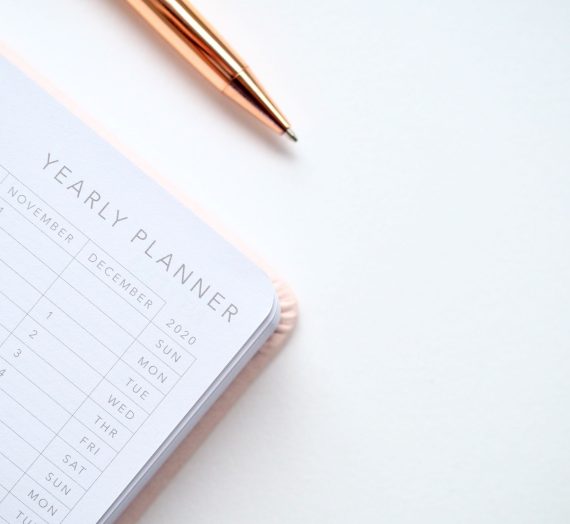The most essential element of flute playing is breath. Awareness and control of it – specifically the amount, speed, and direction – allows for enormous musical freedom. It seems basic and simple, but the art of mastering breathing as a flutist is complex, significant, and full of wonderful possibilities.

Of all the orchestral instruments, the flute is arguably most like the human voice. Studying and performing with vocalists over the years have convinced me of this. Not only is the tone and color of the sound similar, but the breathing style (and shape of the mouth as you breathe) is surprisingly kindred.
The good news here is that if you’ve ever sung the simplest song, you already have the tools to learn to breathe correctly and effectively as a flutist.
First we’ll explore how quality breathing technique makes playing the flute sound effortless; making the tone richer, the sound multi-dimensional and colorful, and the finger and articulated technique more powerful and reliable. Second, we’ll dive into some breathing basics to get you moving – and breathing – in the right direction!
Benefits of Proper Breathing
Quality breathing makes everything in music click, especially for a woodwind player. It is essential for communicating beautiful musical phrases with a good tone and for mastering fast-finger passages (technique).
It is probably fairly clear that there is a relationship between deep, full breaths and captivating musical phrases. Stretching to full breath capacity allows you to extend a phrase using rubato and finish a musical idea with finesse; without any sign of fatigue, lack of air, or dipping in the pitch.
On the other hand, I wasn’t always sure what good breath control had to do with effortless technique. I can still hear the voice of my teachers saying, “make sure you’ve got a good breath before you start.”
I used to think, “Who cares? Just as long as I nail all the notes and get that last run!” Yep, pretty much the sentiment of many young flutists. And that’s okay. We all start out that way and then little by little learn the immense technical flexibility, fullness, and projection capability that come with systematic, calculated breathing.
“The breath marks are just as important as the notes.”
Any student of mine will tell you they’ve heard me say this countless times. Often, a student who is nearly technically perfect will get to the end of a line and breathlessly look up at me to say, “So sorry! I ran out of air!” I have to giggle because taking a breath is the first thing we do on earth – so much simpler than learning a tricky, notey passage. Why do we make things harder on ourselves and forget to breathe?
I’ve found it is useful to put large markings to denote breaths, which helps train your eyes to see them and better yet, remember to take them!
Without a proper breath, it is common to hear “thin” sounding phrases and runs. This is where the musical passages are clean, but not rich and full-sounding. Listen to any master performer and you can be sure their runs will be “full.” This means that every note is well supported, projected, colorful, and clear. It is a unique and defining characteristic of a professional musician, but it is especially exciting when students grasp this concept early and begin to implement it into their playing!
Breathing wisely and fully, not only adds color and depth to your sound, it even has the added benefit of offering management of any anxieties leading up to a performance. Consistent training in practice with low, deep breaths helps soothe jitters that creep up before a performance and disciplines us to stay focused on the music.
Breathing Basics
Next, let’s explore some of the fundamentals of quality breathing for the flutist. Earlier I mentioned that if you’ve sung a simple song, you have the tools to breathe well for flute playing. The best news about breathing for the flute is that it is remarkably straightforward, just like in singing.
The two most important things to remember about breathing are to train yourself to go back to absolute basics and to plan out breaths ahead of time (and stick to them). If you grasp these concepts, it will revolutionize your playing.
Have you ever seen a sweet little baby sleeping in a crib? As the baby inhales, the tummy extends outward and as they exhale, down goes the tummy. So, why is it that when we are asked to take a deep breath, we pull our stomachs in? We’ve complicated things – that’s why!
Give it a try – sit in a chair or lie down on the *clean* floor. Begin taking relaxed, deep breaths. Watch your abdomen fill up to the max and then exhale fully. Do this multiple times, challenging yourself to feel the muscles in your lower back and around your abdomen stretch to accommodate your very full breath. Also, strive to have your lungs and abdomen fill up and release simultaneously. Not one and then the other.
Imagine a balloon smoothly filling to capacity and then releasing in an even, controlled fashion.

Once you’ve got this, sit or stand in playing position and continue deep breathing with flute in hand. Be sure that all tension is released from your shoulders and neck. Bring your flute up to play and maintain good posture with a slightly lifted chin. Try a few round, spiraling low or mid-range long tones. If you need a place to start with tone, grab Moyse’s De La Sonorite. It is straightforward and perfect for the beginner to even the most advanced flutist.
As you play, keep a rounded shape inside the mouth. I like to encourage students to keep a dropped, flat tongue, almost like the feeling of yawning. This allows for maximum air intake.
The next challenge will be to see if you can maintain relaxed breathing posture throughout your warm-up, into faster-paced technique practice. Are you able to continue taking in full breaths, even if the speed has increased? Many times I will ask students to use a breath builder at home or in lessons to increase their breathing speed and capacity.
Adding regular aerobic exercise like running, biking, or swimming can also help increase breath capacity exponentially. I can personally attest to this! In 2014, I began a regular running routine (training for races with friends!) and have had the best time going through old music, erasing breath marks that I *used* to need! Less effort, but same volume of air and fullness of sound? That is almost too good to be true!

Most importantly, you must stay aware of how and when you are breathing each time. You’ll be surprised how easy it is to lose focus on that one aspect of your playing! As I mentioned, placing thoughtful (and visible) breath marks throughout your music will help. Everything from scales and etudes to all repertoire – both ensemble and solo pieces.
If you need help understanding or making decisions regarding breath placement, seek a teacher’s guidance or listen to a high quality performance of your piece, with your score and a pencil in hand. Then, anticipate your breath markings. Watch them approaching and keep proper posture with relaxed muscles, so you’ll be prepped to take in maximum air – and make the most of every opportunity!
This may take some practice, but will open up a world of phrasing and musical potential!
All the best,

Be sure to share thoughts, ideas, and breathing techniques that have worked for you in the comment section below. The possibilities are endless! For more on flute technique, explore my resources and please check out the rest of the blog!



